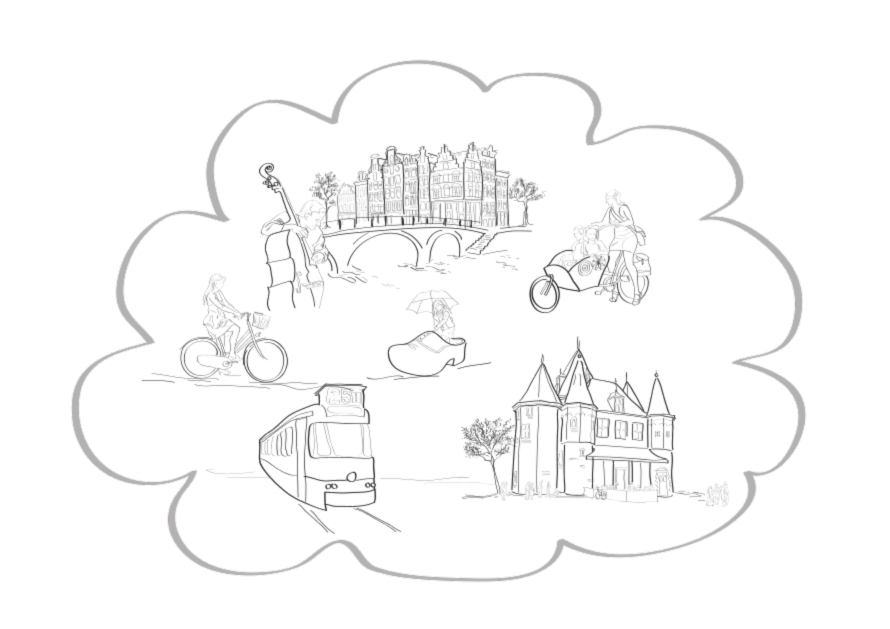Written by:
By Samar Héchaimé
The question put forth is ‘Do we accept the status quo in place?’ My question is what status quo do we refer to? The status quo that place is intrinsic, characteristic and essentially emerges from our own humanity? Or the status quo that has become so prevalent due to our misunderstanding of what it means to plan and build a city, forgetting about the human and cultural element?
Facing these two questions I have always taken the stance for the first against the second. Cities and place are not self-functioning, self-governing mechanical entities that get planned and built through the will of architects, planners, politicians and developers. Cities are living entities as diverse and irrational as the people who live in them and build them as time passes. Cities are not just brick and mortar, infrastructure and transport. Cities only become cities and places with the people and cultures that get layered over the architecture and inhabit the white spaces in between. Cities are the framework where the memories of the people are written and the senses intermingle to create experiences that form our cultures. They are vibrant, alive, diverse and amazingly ever-changing.
We should not forget that spaces and physical environments fashion and force behaviours, and behaviours eventually become cultural norms. The way people behave in a manipulated space is to adapt to the constraints of the space they are in. Nevertheless, this power to adapt and transform should not be taken as a form of consent and acceptance. Traditionally, culture formed the built environment and cities, and these elements formed an intrinsic link that bound them together.
With the advent of modernism, culture and the human element seem to have been taken out of the equation while designing the city and the built environment. This forced people to live in cities designed in the minds of the planners and architects, rather than fashioned through the stories and lives of the inhabitants. This shift has forced people and cultures to adapt to the constraints imposed upon them by the container of their experiences. These spaces and cities have been slowly transforming cultures, making them more uniform, more flat, less diverse and less unique.
To add to the effects of modern and contemporary architecture and planning, we also have the advent of technology, which has managed to isolate people from each other, especially in the cityscape, rather than create social networks. So the human and cultural engagements that used to take place in the squares, the plazas, the buildings and the street, pretend to happen in a virtual space which has been rendering our streets more and more like transient arteries rather than beating hearts.
Through the way we have been designing, planning and engineering our cities we have been systematically erasing our cultural diversity and turning into ‘Metropolis’.
As we look at enhancing and building the cities for our future and the future of the generations to come, we should not accept the current status quo we have found ourselves in. We should put people and cultures (since the city is never a monolithic culture) at the heart of the equation, and exercise and design our cities for them and through their perspective. We should take the risk to imagine a different place, a better place and stop thinking that it is acceptable to do it in one particular way, since this is how it is done, the ‘Best Practice’. Best practices are what kill any potential inventions and innovations which will lead us to creating places that we only dream of.
Let’s be a lot more demanding, a lot more imaginative and even more humanistic. Let’s look for the answers in where we have stopped looking: at the people who have been there and will still be there. Let’s listen to their needs and their ambitions, to their histories and cultures, to their stories and memories. Let’s encase all that knowledge and all that life in what are the cities of our future. And THEN imagine how smart our cities will be.
Samar is Creative Director at Factors Ltd, focused on building place-based user experiences that are collaborative, multidisciplinary and holistic. She has worked on projects across the world including China, Saudi Arabia, the US and the UK.
